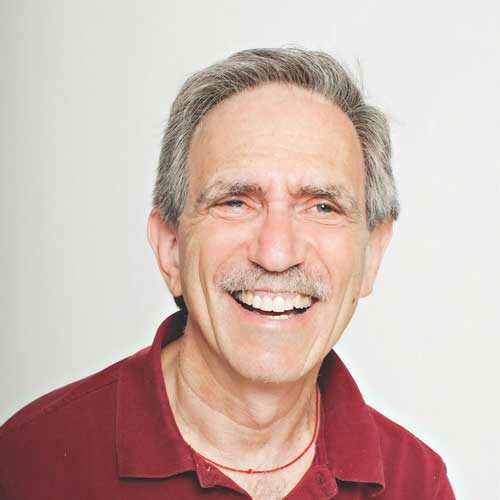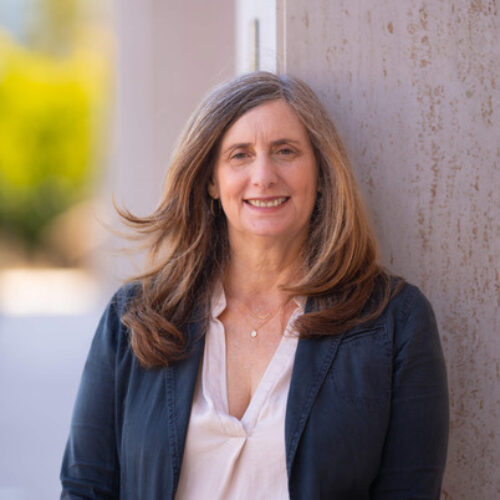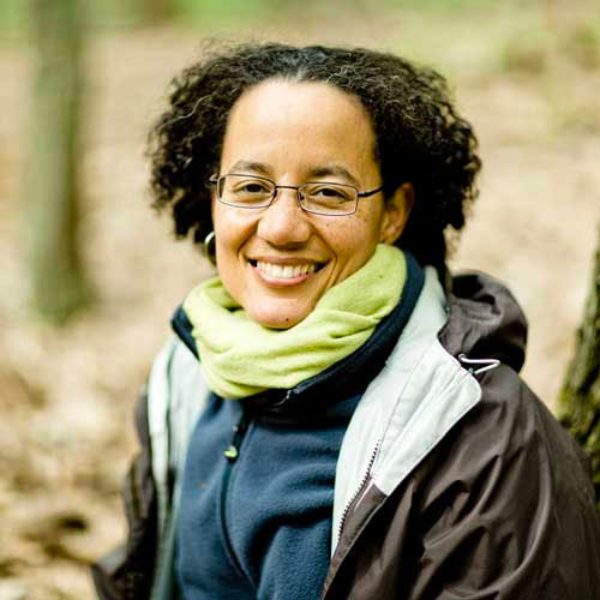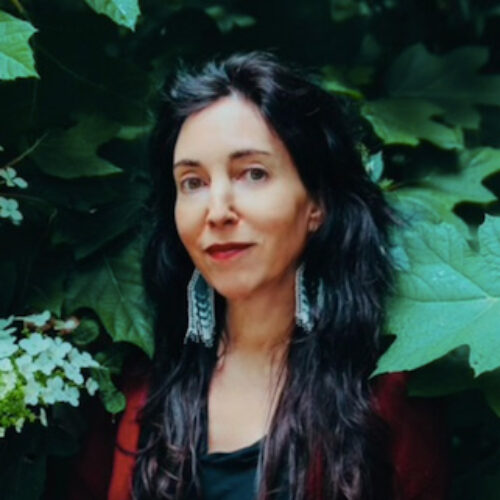Shinzen guides you through his “See, Hear, Feel” focus technique. This technique is designed to be applicable in any life situation — driving a car, having a conversation, working out, puttering around the house…. After that he gives a dharma talk describing a systematic procedure for “monasticizing” daily life. The goal of this program is to provide a principled approach to the perennial question: How can I stay deep while going about ordinary life activities?
With Shinzen Young recorded on March 25, 2018.
Found our teachings useful? Help us continue our work and support your teachers with a donation. Here’s how.
Discussion
One thought on “How to structure your practice in life”
Leave a Reply Cancel reply
You must be logged in to post a comment.
Discover more from the Dharma Library
-

Celebrating earth day: calling all Eco-Sattvas.
Recorded :
April 23, 2017 With Earth Day here, James reflects on the preciousness and generosity of our wonderful planet, the current situation of climate change and how our Dharma practice can help us transform despair into meaningful and inspiring action.
-

Daily Meditation Recordings, with Nirmala Werner – Week of 24 November, 2025
We are delighted to have Nirmala Werner guiding our Daily Meditation sessions this week. May these sessions support and enrich your practice. This week’s theme is: Embodying the Four (or Five) Elements: Meditation for Everyday Presence. Rooted in Buddhist wisdom, this practice invites us to connect with earth, water, fire, air, and space as living forces within and around us. By attuning to their ever-shifting qualities, we find grounding amidst change-an anchor of presence, steadiness, and clarity to meet the movements of daily life. Our Dharma Library thrives through collective generosity. Your donation helps sustain this offering for our entire community.
-

The spectrum of awareness practices
Recorded :
April 15, 2018 This session explores different ways in which attention works and associated meditation practices: from focused awareness, to flexible awareness, to natural awareness. We do a number of fun experiential practices in hopes of understanding a variety of ways to meditate and how we can refine our own practice.
-

Faith in the Three Jewels
Recorded :
February 24, 2019 Booker writes: “Growing up in the Baptist faith, I was taught to believe what I was taught, and to not have my own experience or exploration; to not know for myself. This didn’t sit well with me as a child! During this teaching, I will share my spiritual journey from Bright Faith to Verified Faith….
-

Understanding Our Mind: Healing Blocks of Suffering in the Individual and Collective Consciousness
Recorded :
January 12, 2020 Drawing on Thich Nhat Hanh’s teaching on the different layers of consciousness, we will explore the nature of the seeds that sleep in the depths of our mind. We can each learn to be skillful gardeners of our own and others’ minds, watering the wholesome seeds and skillfully caring for the unwholesome ones. As we…
-

Relief – In This Very Moment, In This Very Breath
Recorded :
April 21, 2019 Practicing mindfulness together with the four Divine Abidings (loving kindness, compassion, joy and equanimity), we develop our ability to bring relief to even the most challenging moments of our lives. We begin by strengthening our habit to increase our mindfulness as stress increases and then apply the Divine Abiding that is most appropriate for a…
-

Luminous Darkness: A Path for Seeing Clearly from the Heart
Recorded :
October 2, 2022 One of the gifts of global uncertainty is that it requires us to recognize and release unconscious biases that have been passed down for generations. These include the perception that splits into opposites and values light over dark, speed over slowing down, productivity over attunement, and conclusion over not knowing. Awakening requires that we soften…
-

Daily Meditation Recordings, with Caverly Morgan – Week of March 30
We’re very grateful to have Caverly Morgan hosting our Daily Meditation Series for North America. To find out more about Caverly, and to view her past recordings and contributions to Sangha Live, click here. Monday, March 30 Recognizing ourselves as that which can offer blessings out into the world Wednesday, April 1 Being with what…








I found your recording on the Calm app very useful on managing pain.